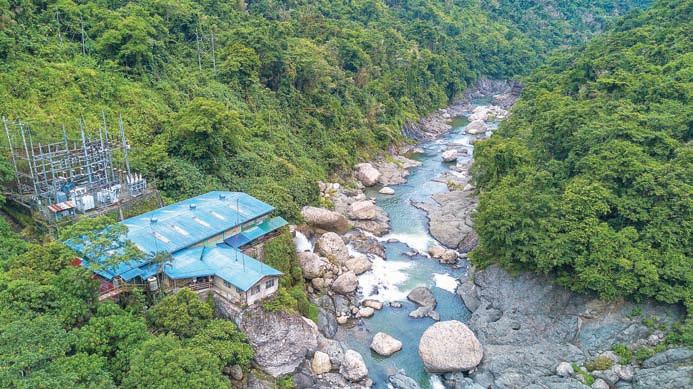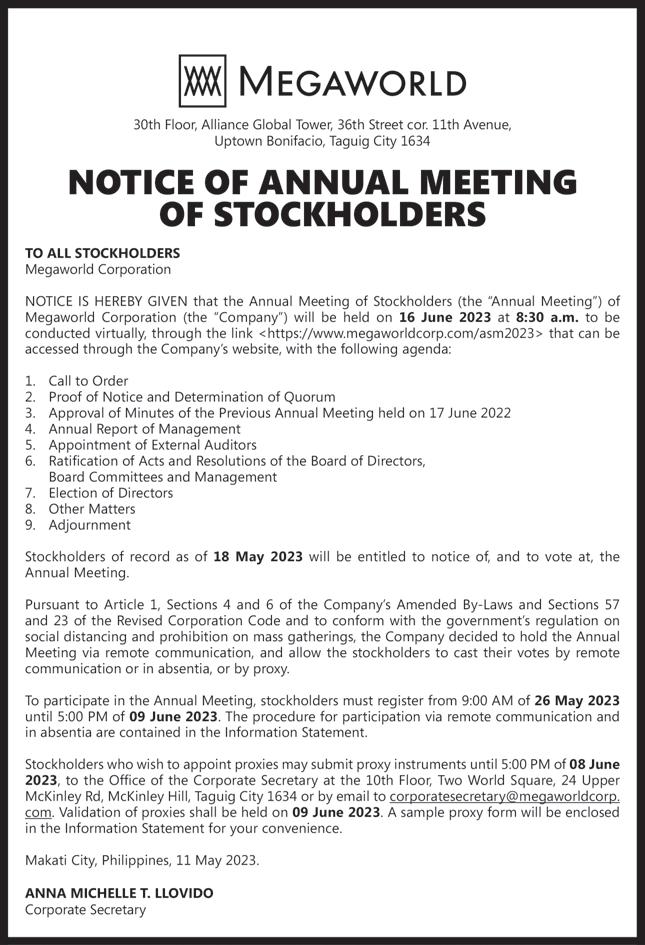
4 minute read
should move forward with a renewed sense of history, a love of nation, and a pride of place
Aside from collective sadness at what transpired from Sunday night till Monday morning, there were several questions that we hope, in quick time, the Bureau of Fire Protection and other pertinent investigators can shed light upon.
The initial estimate of damage by the Manila fire officials was 300 million pesos.
That was dead wrong.
There can be no price tag on a national heritage treasure that was originally built in 1926, by some of our greatest architects— Juan Arellano and Tomas Mapua, on a site planned by Daniel Burnham.
The Bureau of Posts and Telecommunications Building was destroyed by American bombs that rained upon the second most devastated city in the Second World War, our beloved Manila.
Its reconstruction in 1946 was done following the original design, with the father of the late Don Alfonso Yuchengco as main contractor.
Lost too are priceless philatelic collections ranging from colonial days to every milestone in the life of the nation that stamps commemorated.
During FVR’s time, a fire gutted the fourth floor which housed the records and accounting offices, and the suspicion was that it was intentionally done to destroy evidence of corruption during the early days of the Philippine Postal Corporation, which was legislation we initiated in 1987, passed by the House of Representatives the following year, but tarried in the Senate until 1991, when it finally passed.
The post office has had several
BAGHDAD, Iraq—Young Iraqis row a flotilla of traditional wooden boats down the Tigris river in Baghdad, celebrating an ancient nautical heritage in the now drought-stricken country. Once a common sight across Iraq’s southern streams and marshlands, the elongated boats with tapered bows and sterns known as meshhouf have been around “since the time of the Sumerians”, said event organizer Rashad Salim.
But the elegant water craft have long been vastly outnumbered by modern, motorised vessels and are threatened further as Iraq’s waterways suffer from droughts linked to climate change. Iraq must save “from extinction an essential facet of our civilization which has existed for four or five millenia,, said Salim, co-founder of Safina Projects, which works to preserve Iraq’s traditional boating culture.
Salim, 62, is a painter, sculptor and ecoartist with a taste for adventure who in his youth joined the famed Norwegian explorer Thor Heyerdahl on a long sea voyage in a traditional Iraqi reed vessel.
Five years ago, Salim set out to find Iraq’s last meshhouf makers, locating them in Huweir mutations, from the Bureau of Posts and Telecommunications in the Third Republic, placed under the Department of Public Works and Communications, and during PFM’s martial law administration, supervised by the newly created Department of Transportation and Communications, during which telecommunications was also separated into the BuTel. on the edge of Iraq’s famed Mesopotamian marshes, where eventually he would place orders for the construction of new vessels.
The Bureau of Posts during President Cory’s second year in office was subsumed as a mere postal office now under the DOTC.
Then in PFVR’s time, it became a GOCC, known as the Philippine Postal Corporation, which it is up to the present.
From the pictures we have all seen, it is now clear that only the façade with its imposing columns can be saved, and we need to construct an entirely new structure, either to house the post office, or convert the building into part of the National Museum complex, an idea which we think quite appropriate.
The postal service has seen its operations and relevance diminished considerably by the internet and the technological improvements that has wrought changes to people’s ways of communicating.
Even love letters are now sent via electronic mail, and greeting cards like Hallmark have increasingly faded into obsolescence.
Romance through well-written letters from the heart have even mutated into short messages texted quite often.
There was a time, when then tourism secretary Dick Gordon proposed converting the central post office building into a fivestar hotel, a la Fullerton in Singapore.
Properly designed, where the architectural icon could have served as a grand lobby with fine dining restaurants, ballrooms and function rooms, and two high-rise towers beside it, with the defunct postal bank building and the money order section beside the Jones and MacArthur bridges as hotel suites, the idea was very good.
Now, we submit it is best re-created and made part of the National Museum Complex, to house artistic treasures of the Filipino race.
The central post office can be rebuilt on one side of the museum, along a similarly designed structure, and the other side a multi-level parking building for visitors.
GSIS is ready to pay the postal corporation some 600 million pesos based on the insurance policy. LandBank still holds the net cash assets of the postal bank, amounting to more than 100 million pesos.
But these are insufficient to recreate the old glory.
A good proposal is to tap idle funds held by the National Commission for Culture and the Arts (NCCA) which is partly funded by travel tax collections. Pagcor and PCSO can also contribute.
Likewise, a fund drive can be launched, in the same way that the French government raised hundreds of millions of euros from the private sector to rebuild the burnt Notre Dame cathedral in Paris.
Bernard Arnault, currently the world’s richest man, contributed 200 million euros, or, at the time, 240 million dollars (13.2 billion pesos more or less) for Notre Dame. The guy has a net worth of 230 billion dollars. Maybe the country’s richest tycoons listed by Forbes can take the lead, as even ordinary citizens with what sums they can spare, similar to the French effort for the iconic cathedral.
After the weeping over heritage treasures lost, we should move forward with a renewed sense of history, a love of nation, and a pride of place.
Salim then went to nautical clubs and helped create teams that would teach young people how to navigate the gondola-like vessels.
The flotilla on the Tigris in Baghdad was a landmark event in Salim’s efforts -- 18 of the boats took to the water on a spring afternoon as part of a cultural festival.
‘Connect with environment’
The youthful pilots alternated paddle strokes on the left and right. Some, with only a few weeks’ practice in the lead-up to the event, struggled to hold the course.
The meshhouf is part of “the history and heritage of the country,” said one of them, Omar Youssef, 21, who has previous experience with sailing and windsurfing.
Those sports “depend on the wind, you have to keep the balance with your body,, he said, whereas powering the meshhouf works the “shoulders and arms.”
Seven meshhouf clubs have been founded in Baghdad, the central province of Babylon and parts of southern Iraq, with funding from Britain and the Aliph Foundation, which








